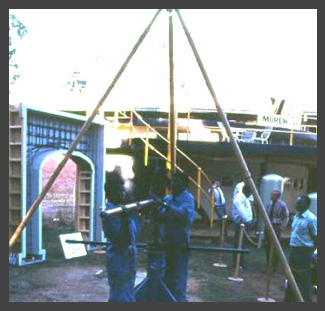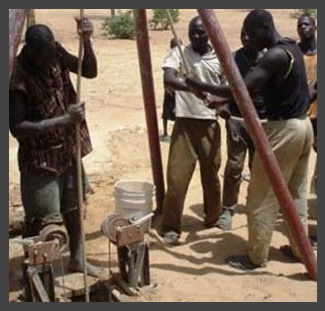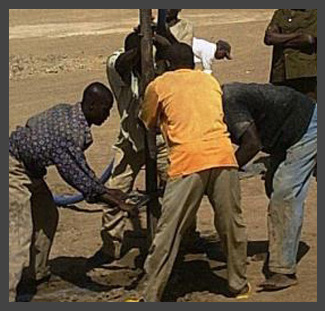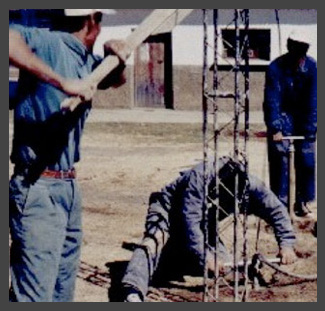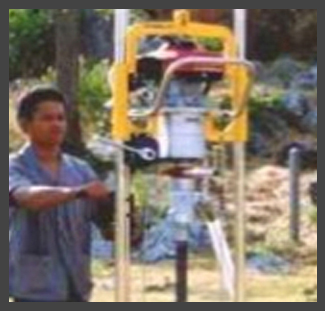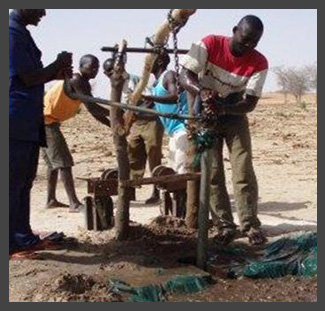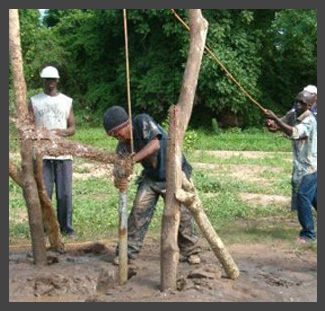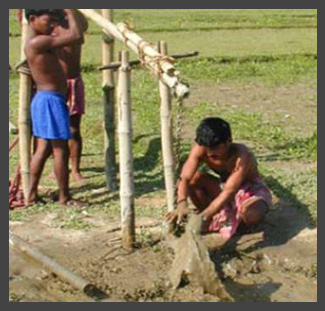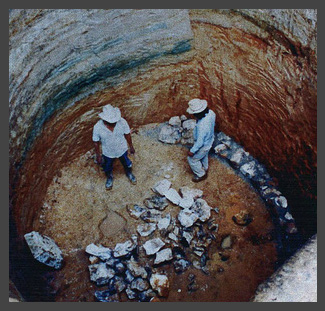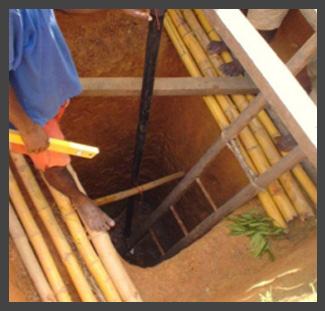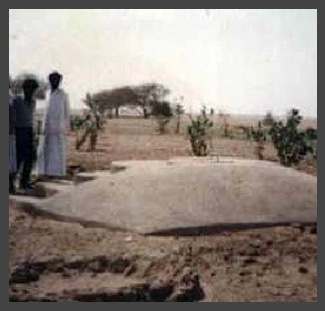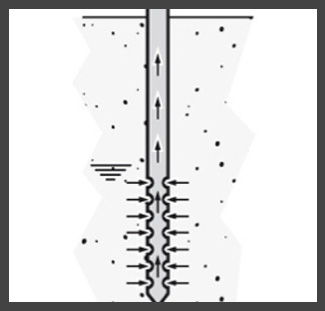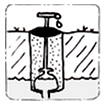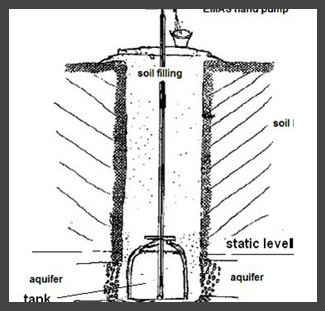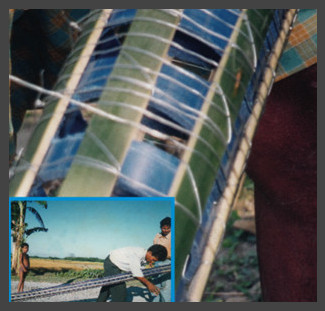Difference between revisions of "Drilling or digging"
(→Field experiences) |
(→Field experiences) |
||
| Line 109: | Line 109: | ||
These projects may be utilizing manual digging or drilling and are part of the project listing in Really Simple Reporting (RSR) on [http://www.akvo.org Akvo.org]. | These projects may be utilizing manual digging or drilling and are part of the project listing in Really Simple Reporting (RSR) on [http://www.akvo.org Akvo.org]. | ||
| + | {|style="width: 100%; text-align: justify; background-color: #eceef2;" cellpadding="5" | ||
| + | |- style="vertical-align: top" | ||
| + | |[[Image:rsr 703.jpg|thumb|none|140px|<font size="2"><center>[http://rsr.akvo.org/project/703/ RSR Project 703]<br>MWA-LAP: Mexico</center></font>|link=http://rsr.akvo.org/project/703/]] | ||
| − | + | |[[Image:rsr 727.jpg|thumb|none|140px|<font size="2"><center>[http://wandelenvoorwater2014.akvoapp.org/en/project/727/ RSR Project 727]<br>TESO North School and Community WASH Project</center></font>|link=http://wandelenvoorwater2014.akvoapp.org/en/project/727/]] | |
| − | |[[Image:rsr | ||
| − | |||
| − | |||
| − | |||
| + | |[[Image:rsr 397.jpg|thumb|none|140px|<font size="2"><center>[http://rsr.akvo.org/project/397/ RSR Project 397]<br>Eau Hygiène et Assainissement</center></font>|link=http://rsr.akvo.org/project/397/]] | ||
| − | + | |[[Image:rsr 401.jpg|thumb|none|140px|<font size="2"><center>[http://rsr.akvo.org/project/401/ RSR Project 401]<br>Eau, hygiène et assainissement</center></font>|link=http://rsr.akvo.org/project/401/]] | |
| − | |[[Image:rsr | ||
| − | |||
| − | |||
| − | |||
| − | + | |[[Image:rsr 473.jpg|thumb|none|140px|<font size="2"><center>[http://rsr.akvo.org/project/473/ RSR Project 473]<br>Project Water4Tomorrow</center></font>|link=http://rsr.akvo.org/project/473/]] | |
| − | |||
| − | |[[Image:rsr | ||
| − | |||
| − | |||
| − | |||
| − | |||
| − | |||
| − | |||
| − | |||
| − | |||
| − | |||
| − | |||
| − | |||
| − | |||
| − | |||
| − | |||
| − | |||
| − | |||
|} | |} | ||
<br> | <br> | ||
Revision as of 03:00, 31 January 2014
Access to groundwater is not always easy, so many different types of drilling mechanisms (ranging in depth capacity and costs) are covered in this section. Africa, for example, is said to have rich amounts of groundwater, as compared with other continents. That said, machine-drilled wells are often too expensive for most of the population. Drilling ‘shallow’ wells (up to 35 meter depth) by hand, reduces the price of a well by a factor 4 to 10 compared to a machine-drilled borehole. This cost reduction enables NGOs and Governments to construct more water wells, but also ‘opens the door’ to villagers, farmers, schools and small communities to have a well constructed independently through the private sector.
Climate change considerations
With climate change events, such as drought, some areas of groundwater may be drying up, therefore deeper boreholes and wells may need to be drilled (creating greater expense). Since some aquifers will provide less water in times of drought, perched aquifers (aquifers higher than the water table) should be avoided. Coastal aquifers may get invaded by saline waters, therefore be sure to check water quality.
Field experiences
These projects may be utilizing manual digging or drilling and are part of the project listing in Really Simple Reporting (RSR) on Akvo.org.
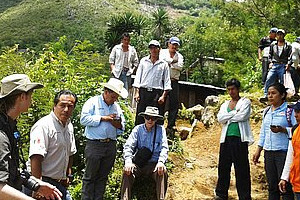 MWA-LAP: Mexico |
 TESO North School and Community WASH Project |
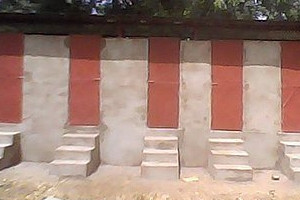 Eau Hygiène et Assainissement |
 Eau, hygiène et assainissement |
 Project Water4Tomorrow |
Manual drilling comparison of methods
Manual drilling links
Manual Drilling Sector in Africa 1 |
Manual Drilling Sector in Africa 2 |
2. Building Capacity (English) |
Drilling: 4. Mapping (English) |
Drilling: 2. Drilling Techniques |
- VIDEO: Manual drilling and pump installation, Madagascar by The Water Channel.
- Human-Powered Drilling Technologies, Richard Carter, Cranfield University, 2005.
- Groundwater and climate change in Africa: The Kampala Statement. Richard Taylor, University College London (UK), IAH Commission of Groundwater & Climate Change.

